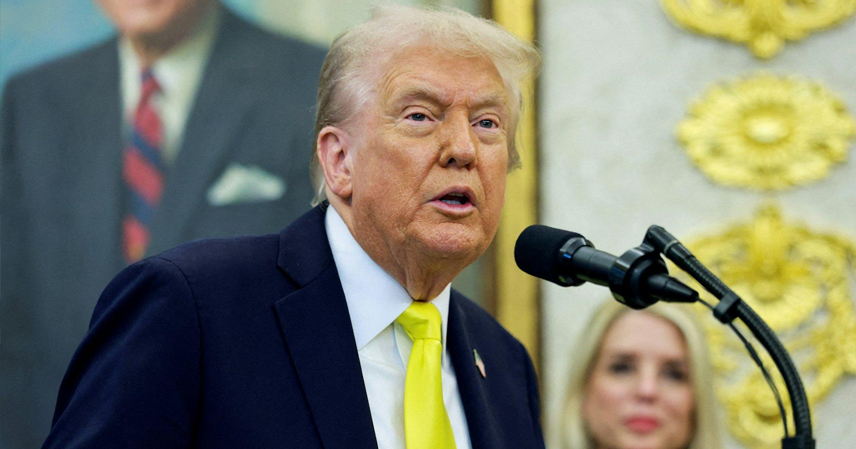On October 25, 2025, the first day of high-stakes US-China trade talks concluded in Kuala Lumpur, Malaysia, after five and a half hours of intense discussions at the Merdeka 118 conference center—the world’s second-tallest building. Dubbed a pivotal moment that could shape the US-China economic relationship for years, the session unfolded amid escalating tensions over tariffs, rare earth exports, and fentanyl flows. While details remain scarce, early signals point to a productive atmosphere, with US officials calling the exchanges “very constructive.” Smiles from the Chinese delegation as they exited the venue hinted at cautious optimism, suggesting the talks stayed on track without major breakdowns.
As the world’s two largest economies navigate a fragile truce, these negotiations—paving the way for a potential Trump-Xi summit at the APEC forum in South Korea next week—carry global weight. With tariffs lingering at elevated levels and supply chains in flux, the outcome could either de-escalate the trade war or ignite fresh volatility in markets from soybeans to semiconductors.
A Constructive Start Amid High Stakes
The talks, the fifth round this year, kicked off under the shadow of recent retaliatory moves. China’s expanded export controls on rare earth minerals—announced in Announcement No. 61 of 2025—have drawn sharp US ire, prompting threats of 100% tariffs on Chinese goods starting November 1. Led by US Treasury Secretary Scott Bessent and Trade Representative Jamieson Greer on the American side, and Vice Premier He Lifeng for Beijing, the delegations focused on core flashpoints without immediate breakthroughs.
US spokespeople held back on specifics, noting only that Day 2 would press forward—a classic tactic to avoid tipping hands early. This discretion underscores the high-wire act: any premature leak could become leverage. Yet, the choice of neutral ground in Kuala Lumpur, on the sidelines of the ASEAN summit, signals a mutual desire to manage competition rather than let it spiral.
Trump’s Tough Rhetoric Signals Room for Compromise
President Donald Trump set the tone from Air Force One, telling reporters: “China must make concessions—I guess we’ll have to as well.” His words, delivered en route to Asia, blended bravado with pragmatism, acknowledging that the US’s steep tariffs are “unsustainable.” Just weeks ago, he floated doubling down with prohibitive duties; now, he’s hinting at pauses in exchange for Chinese buys of US agricultural products and tougher action on fentanyl precursors.
Trump’s playbook is clear: leverage pressure on rare earths—vital for everything from EV batteries to fighter jets—while scouting alternatives like deals with Australia. But experts warn that weaning off Chinese dominance (which controls 90% of global refining) would take a decade and billions, leaving the US vulnerable in the short term. Beijing’s controls, framed as safeguards against military misuse rather than outright bans, have only amplified the urgency.
In a nod to flexibility, Trump also touted a “fantastic deal” ahead, emphasizing soybeans, fentanyl crackdowns, and even nuclear limits as bargaining chips. This comes as US inflation lingers and manufacturing lags, forcing a recalibration: tough talk for domestic audiences, but tangible trades behind closed doors.
China’s Steady Stance: Equality Over Coercion
Beijing has maintained a composed front, with spokespeople from the Foreign and Commerce Ministries reiterating that US-China negotiations must proceed on “equality and mutual respect.” The rare earth curbs, they insist, target strategic resource abuse, not any single nation, and align with WTO rules. China has rebuffed US accusations of distortion, calling them attempts to manufacture panic.
This unyielding posture reflects deeper realities: intertwined supply chains make decoupling a non-starter. The US relies on Chinese manufacturing prowess; China needs American market access. From renewables to chips, bilateral interdependence demands balance over brinkmanship.
Navigating Turbulence: From Confrontation to Managed Rivalry
Don’t expect smooth sailing. Trump’s flair for “negotiation theater”—think Truth Social blasts—could inject drama, but seasoned diplomats on both sides prioritize substance. A “phase-one ceasefire” on tariffs and rare earth licenses seems plausible, stabilizing global markets and easing pressures on everything from energy prices to stock indices.
This Kuala Lumpur round, though nascent, marks a thaw from months of saber-rattling. Trump’s concessions rhetoric and China’s principled resolve signal a shared aversion to economic freefall. In a long-game rivalry, sitting down for 5.5 hours—win or draw—affirms dialogue’s value. As eyes turn to APEC, these talks could pivot the US-China dynamic from raw antagonism toward sustainable competition, benefiting investors, industries, and innocents caught in the crossfire worldwide.
References
- US, China seek to avoid trade war escalation, salvage Trump-Xi meeting in Malaysia talks. Reuters.
- China, US trade talks start in Kuala Lumpur ahead of possible Xi-Trump summit. South China Morning Post.
- US-China trade talks in Malaysia ‘very constructive’. CNA.
- Trump says he expects to reach deal with China on trade, soybeans, possibly nuclear arms. Reuters.
- China’s New Rare Earth and Magnet Restrictions Threaten U.S. Defense Supply Chains. CSIS.
- Beijing blames US for raising trade tensions, defends rare earth curbs. Reuters.



